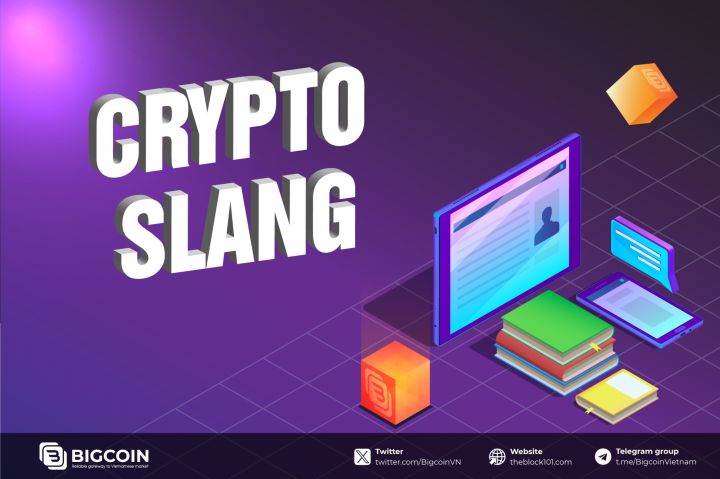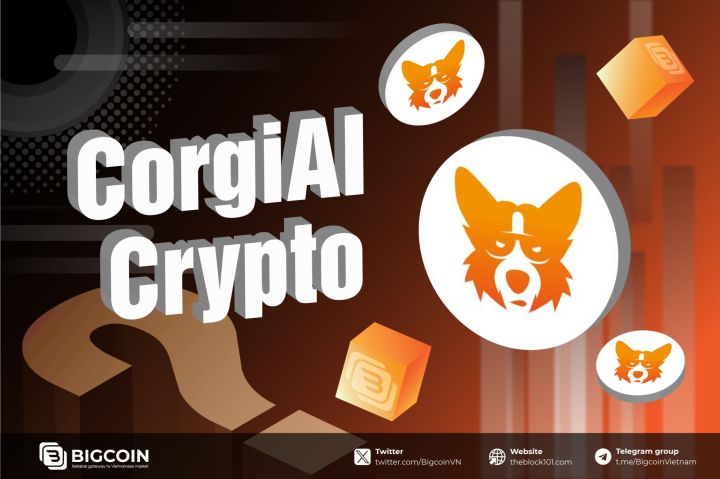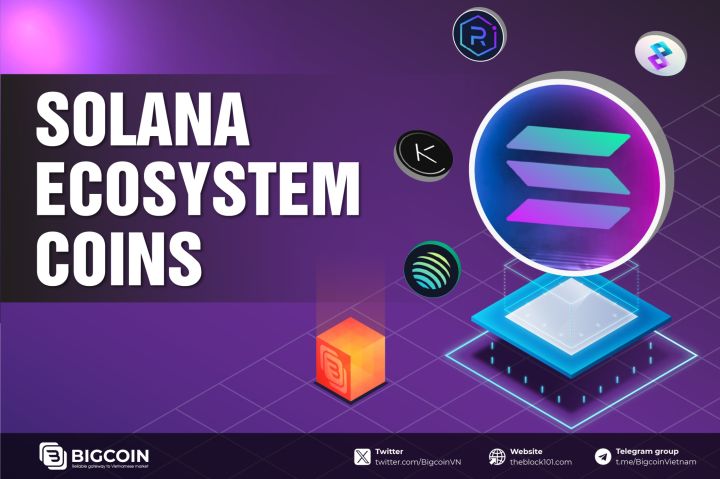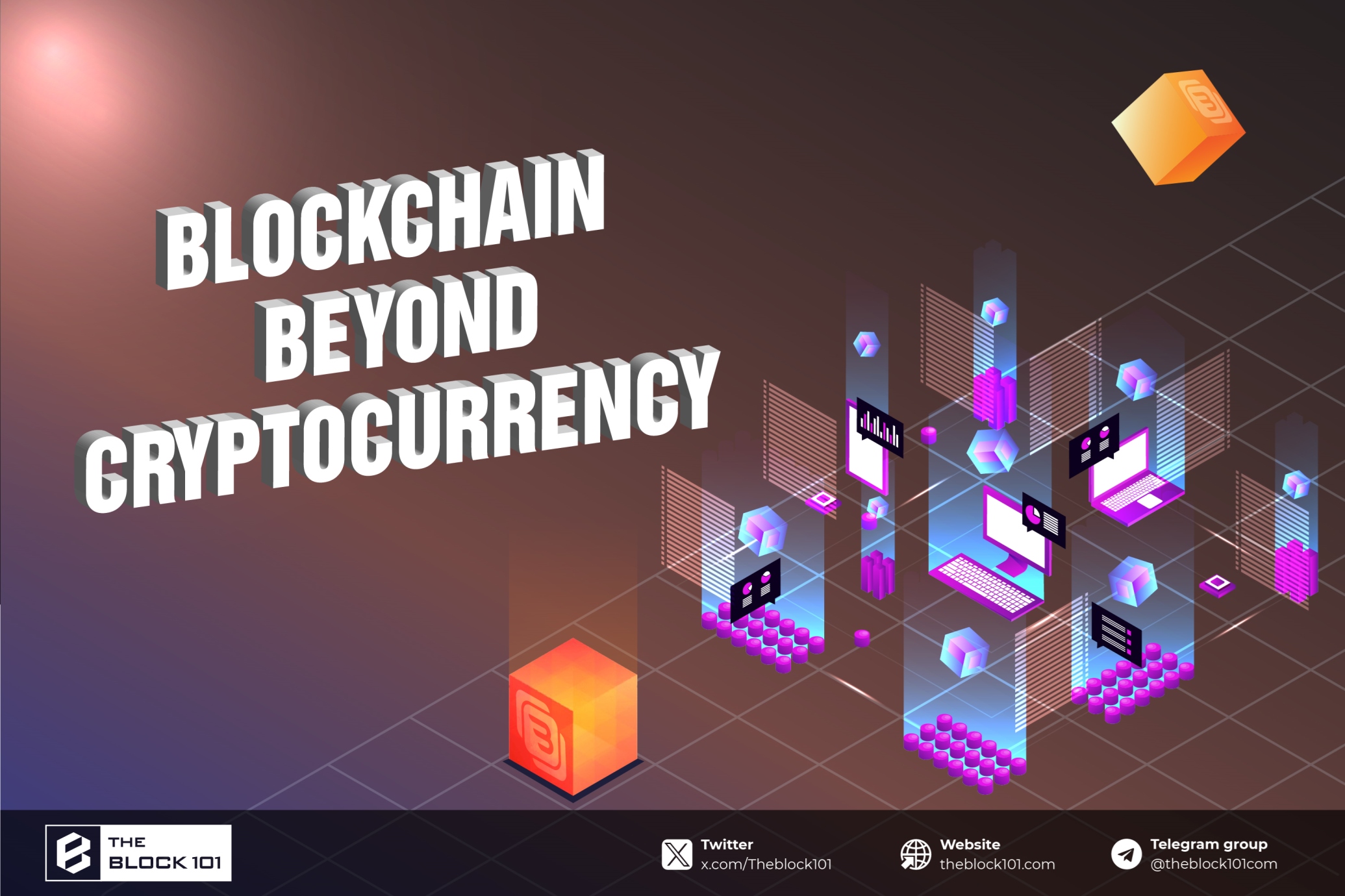
1. Streamlining Supply Chain Management
Supply chains are complex webs of producers, distributors, and retailers, often plagued by inefficiencies, fraud, and opacity. Blockchain addresses these issues by providing a tamper-proof ledger that tracks goods from origin to endpoint, ensuring transparency and trust. Unlike traditional systems, where data silos obscure accountability, blockchain creates a shared, immutable record accessible to all stakeholders.
A standout example is Walmart’s collaboration with IBM, launched in 2018, to trace food products using blockchain. The system slashed the time to track contaminated produce from days to seconds, enhancing safety across its supply chain. By 2022, Walmart reported covering 30% of its fresh produce—millions of transactions—through this platform. Similarly, the pharmaceutical industry, which loses $200 billion annually to counterfeit drugs per the World Health Organization, is adopting blockchain to verify medicine authenticity. Companies like Chronicled have piloted blockchain solutions to ensure drug integrity, with trials showing a 40% reduction in verification times.
Blockchain’s appeal lies in its ability to eliminate intermediaries and reduce costs. In 2023, Maersk’s TradeLens platform, a blockchain-based shipping solution, processed 1.2 billion transactions, saving its 700+ partners an estimated 18% in documentation costs. As global trade grows, blockchain’s role in ensuring ethical sourcing—such as tracking conflict-free minerals or sustainable coffee—continues to expand, aligning with consumer demand for accountability.
2. Enhancing Healthcare Data Security

Healthcare faces a dual challenge: safeguarding sensitive patient data and enabling seamless sharing across providers. Centralized databases are vulnerable—over 200 million health records were breached globally from 2009 to 2021, according to the HIPAA Journal. Blockchain offers a decentralized solution, empowering patients to control their data while ensuring security and interoperability.
Estonia has led the way since 2016, using blockchain to secure health records for its 1.4 million citizens. Patients access their data via a transparent system, while hospitals benefit from real-time, accurate information. This model inspired projects like MedRec, an MIT initiative that uses blockchain to create interoperable records, reducing errors and improving care coordination. In 2024, MedRec’s pilot with Boston-area hospitals reported a 25% drop in administrative costs tied to data reconciliation.
Beyond records, blockchain enhances clinical trials by ensuring data integrity. In 2022, a Merck and IBM partnership used blockchain to track trial results, cutting audit times by 35%. Such transparency could rebuild trust in medical research, especially after public skepticism during the COVID-19 era. As healthcare digitizes—global spending on digital health hit $1.8 trillion in 2023, per Statista—blockchain’s role in securing and streamlining data is undeniable.
3. Revolutionizing Real Estate Transactions
Real estate, a $3.7 trillion global market, is notorious for paperwork, intermediaries, and fraud. Blockchain simplifies this by digitizing property records, automating transactions, and ensuring transparency. Smart contracts—self-executing agreements coded on the blockchain—eliminate the need for brokers or notaries, reducing costs and delays.
In 2019, Sweden tested blockchain for land registry, recording 0.3% of its property transactions on a decentralized ledger. The pilot cut processing times from months to days and saved an estimated $100 million in administrative costs. Similarly, Propy, a U.S.-based platform, has facilitated blockchain-based home sales since 2017, with over $1 billion in transactions by 2023. Buyers and sellers verify titles and transfer funds instantly, bypassing traditional escrow.
Fractional ownership is another blockchain-driven trend. Platforms like RealT tokenize properties, allowing investors to buy shares in real estate for as little as $50. In 2024, RealT reported $500 million in tokenized assets, democratizing access to a historically elite market. However, regulatory hurdles persist—only 15% of countries have clear laws for blockchain-based property deals, per a 2023 Deloitte report. Still, as urban populations grow, blockchain’s efficiency could reshape housing markets.
4. Strengthening Cybersecurity
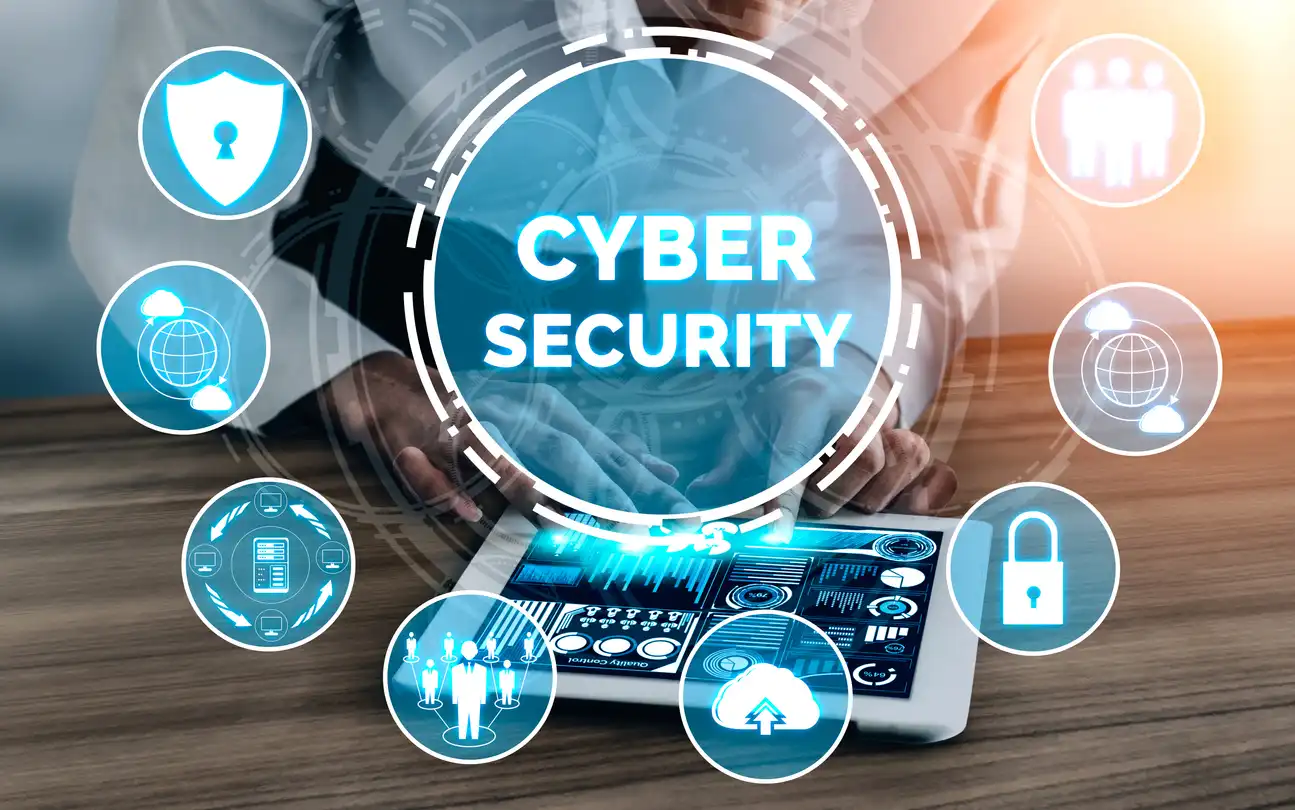
In an era of rampant cyberattacks—global losses from cybercrime reached $8 trillion in 2023, per Cybersecurity Ventures—blockchain offers a robust defense. Its decentralized structure makes it nearly impossible to alter data without consensus, unlike centralized servers prone to single-point failures. Blockchain also enhances identity management, replacing passwords with cryptographic keys.
Companies like REMME use blockchain to secure digital identities, reducing phishing risks. Their 2022 pilot with a European bank cut unauthorized access attempts by 60%. Meanwhile, blockchain-based encryption protects IoT devices, critical as 15 billion connected devices operate globally, per IoT Analytics. In 2024, Cisco integrated blockchain into its IoT security suite, reporting a 45% drop in device breaches during trials.
Blockchain’s cybersecurity applications extend to data integrity. In 2023, the U.S. Department of Defense explored blockchain to secure military communications, citing its resistance to tampering. While not a cure-all—hackers can still exploit coding flaws—the technology’s decentralized nature raises the bar for attackers, offering a lifeline in a hyper-connected world.
5. Advancing Governance and Voting
Trust in governance is eroding—only 20% of global citizens fully trust their electoral systems, per a 2022 Edelman Trust Barometer. Blockchain can restore confidence by enabling secure, transparent voting. Each vote is recorded on an immutable ledger, verifiable by auditors without compromising anonymity.
West Virginia’s 2018 blockchain voting pilot for overseas soldiers processed 150 votes across 30 countries with no errors, using the Voatz platform. In 2023, Thailand trialed blockchain for municipal elections, covering 10,000 voters and reducing result disputes by 80%. These experiments highlight blockchain’s potential to enhance access, especially for remote or disabled voters.
Yet, challenges remain. Ensuring anonymity while preventing double-voting requires advanced cryptography, and scalability is a concern—blockchain voting systems handle thousands, not millions, of votes per second. Still, as digital governance grows—Estonia’s e-residency program now serves 100,000 global citizens—blockchain could redefine civic participation.
6. Recent Milestones and Broader Impact
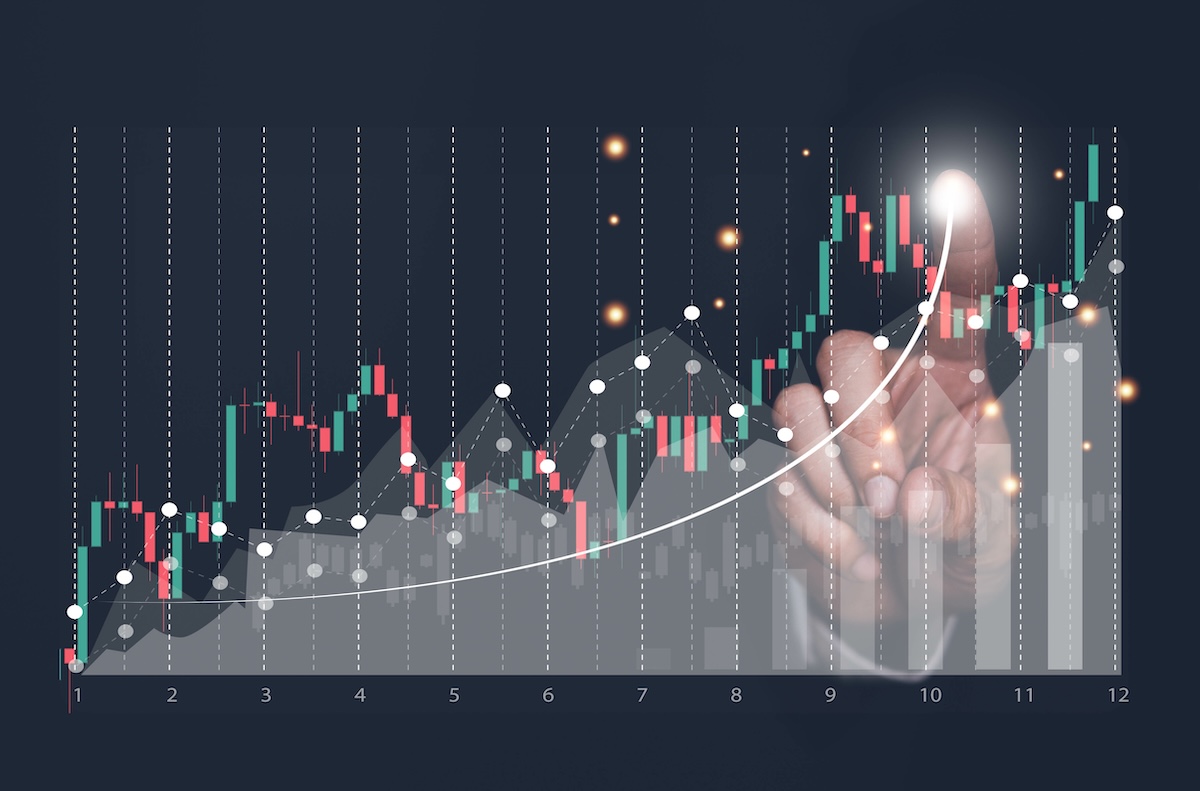
Blockchain’s evolution continues apace. In 2024, the European Union piloted a blockchain platform to track carbon credits, covering 15% of its emissions market and aiming for 50% by 2027. Similarly, India’s government launched a blockchain-based land registry in 2023, digitizing 10 million records to curb fraud. These initiatives reflect blockchain’s growing mainstream adoption—its market size, $12 billion in 2023, is projected to hit $200 billion by 2028, per Fortune Business Insights.
Cultural shifts are also evident. In 2024, UNESCO explored blockchain to verify educational credentials, addressing the $7 billion fake diploma industry. Meanwhile, platforms like Audius, with 7 million users, use blockchain to ensure fair artist royalties, tackling the music industry’s $2 billion annual royalty gap.
7. Conclusion
Blockchain’s journey beyond cryptocurrency reveals a technology poised to reshape industries. Supply chains gain transparency, healthcare secures data, real estate becomes accessible, cybersecurity strengthens, and governance rebuilds trust. Real-world successes—Walmart’s food tracking, Estonia’s health records, Propy’s home sales—prove its viability, while recent strides like the EU’s carbon platform signal broader acceptance.
Yet, blockchain’s promise demands pragmatism. Scalability, regulation, and inclusion must be addressed to avoid hype-driven pitfalls. If navigated wisely, blockchain could become a cornerstone of a decentralized, equitable digital future, where trust is not assumed but engineered. Its impact is already tangible, and the next decade will likely cement its role as a catalyst for innovation across the globe.
Read more:

 English
English Tiếng Việt
Tiếng Việt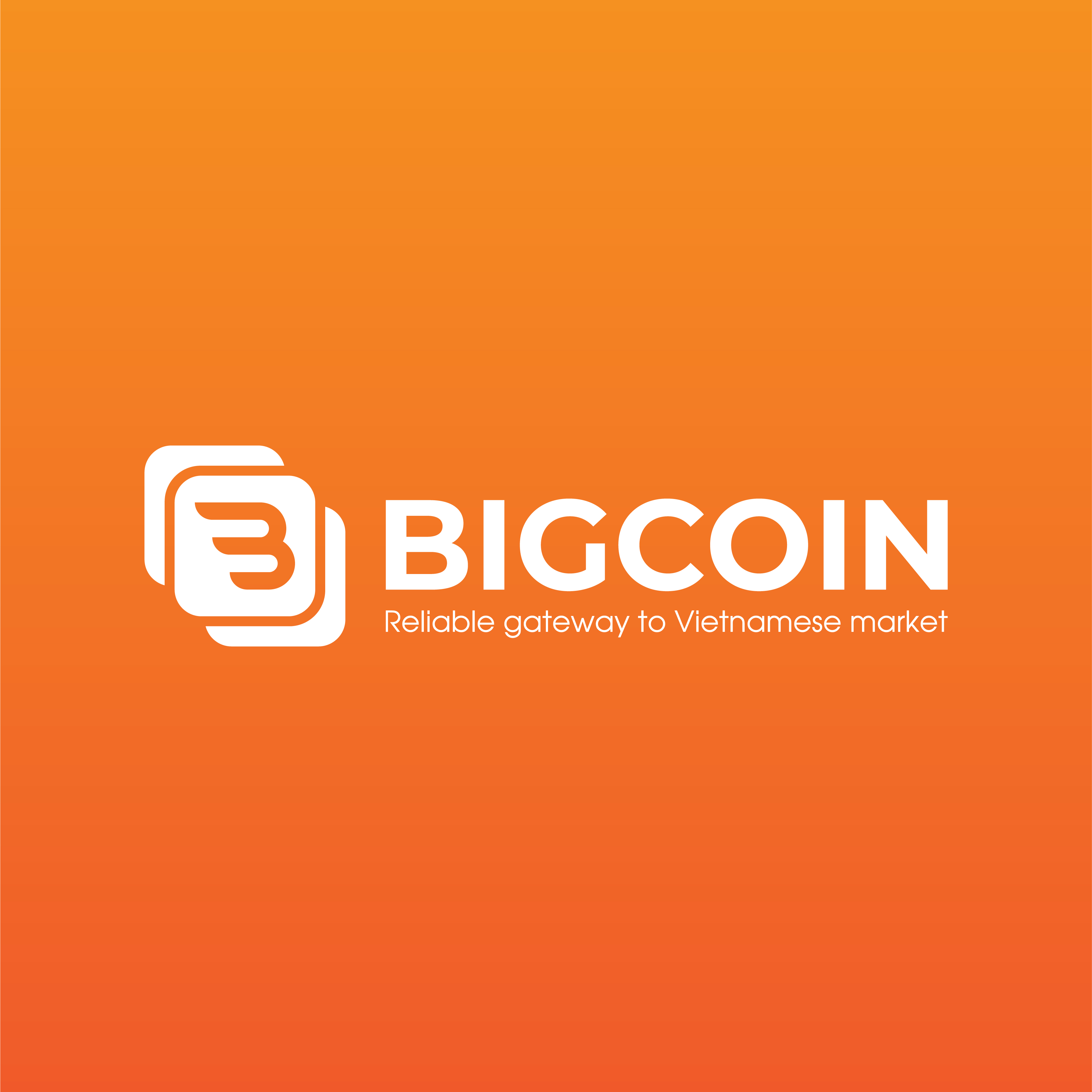
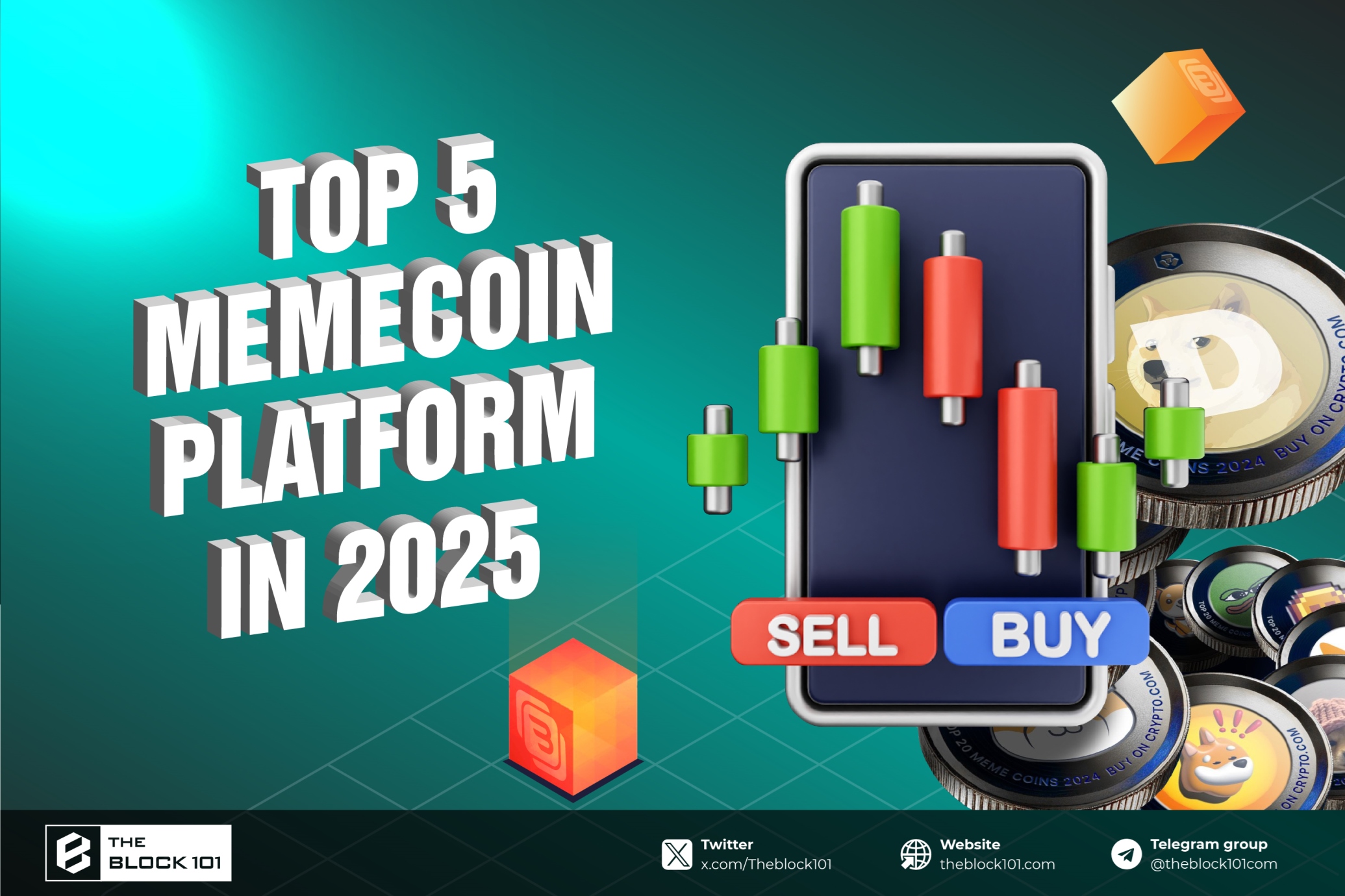
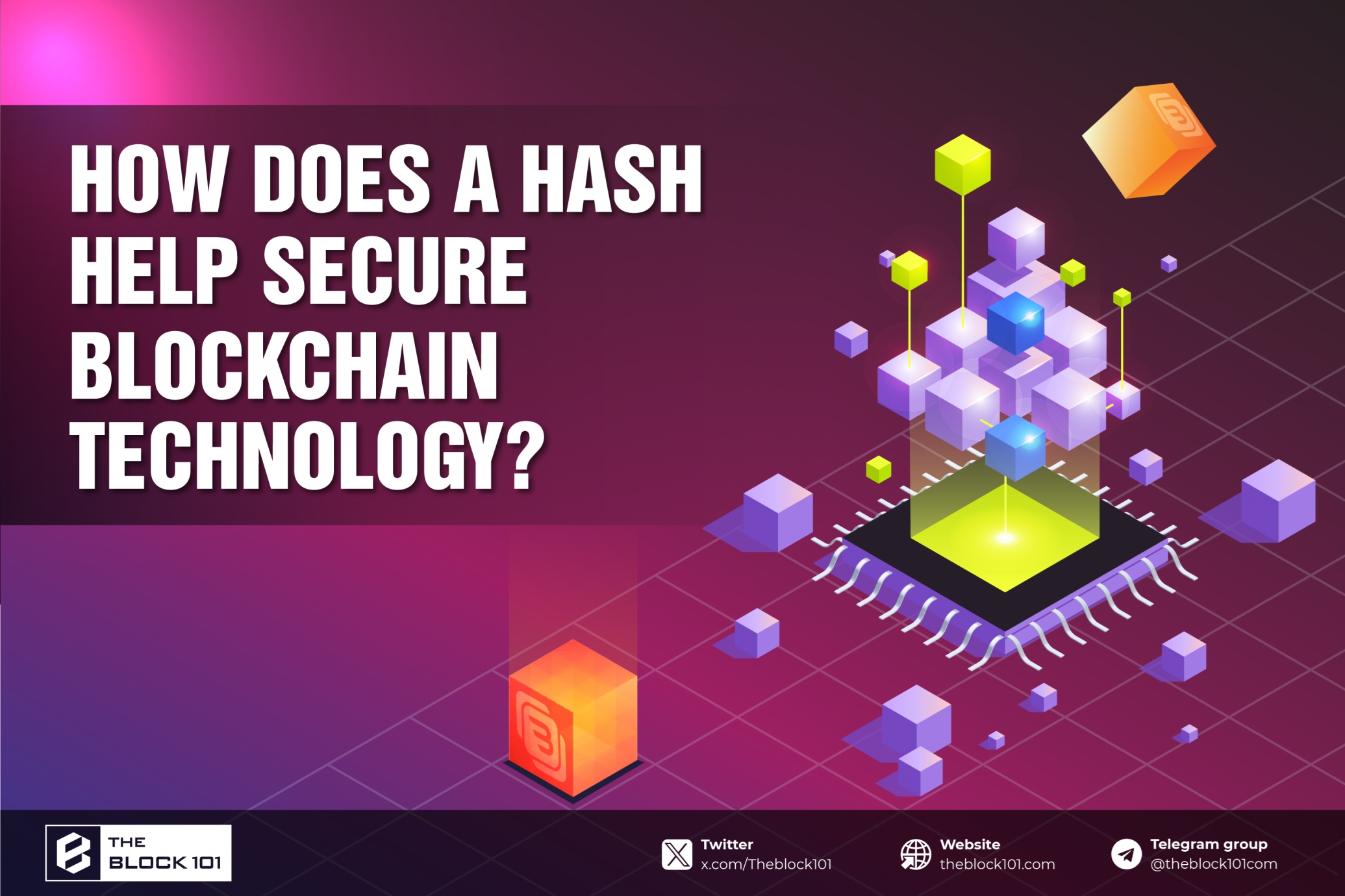
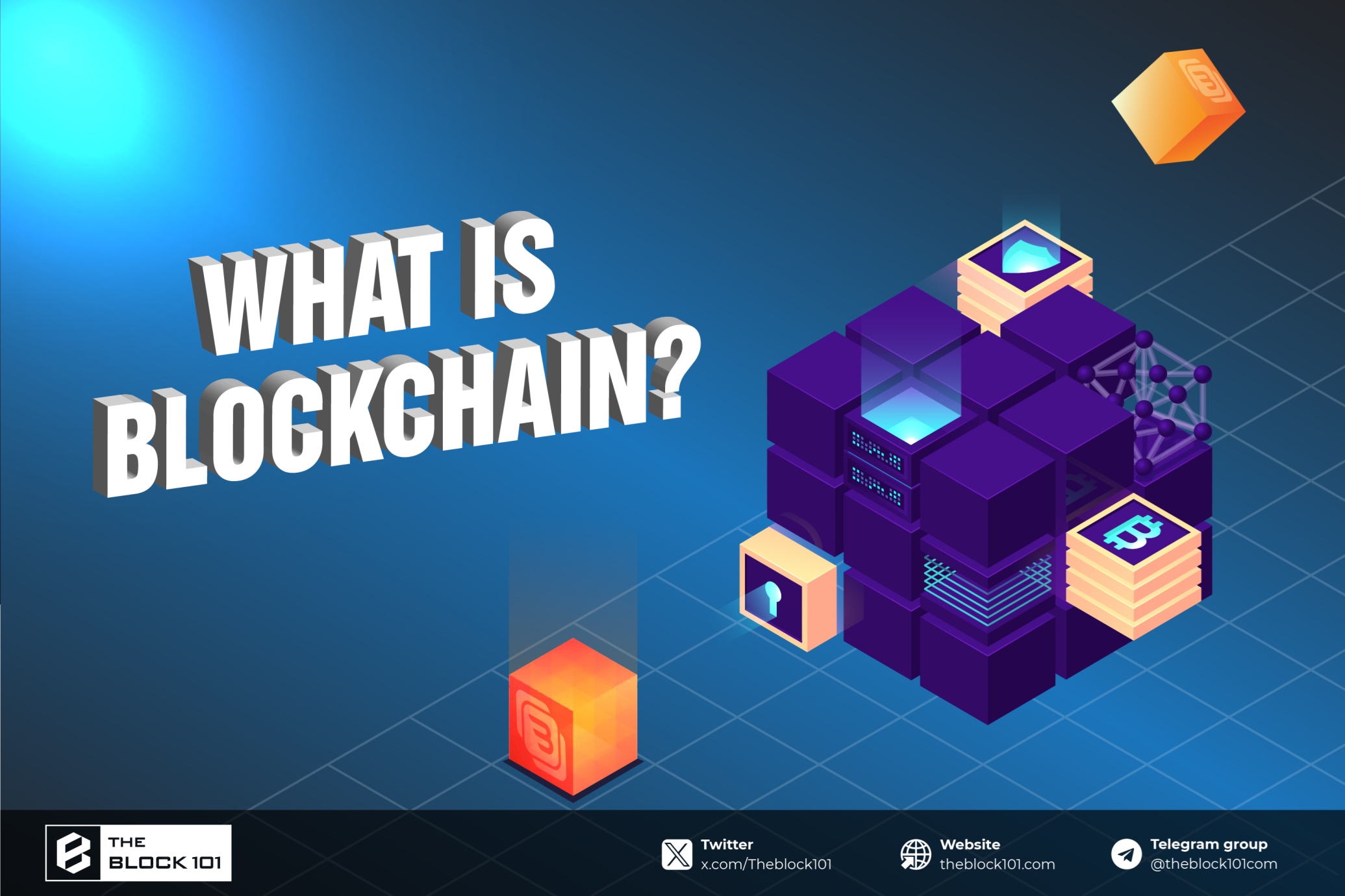

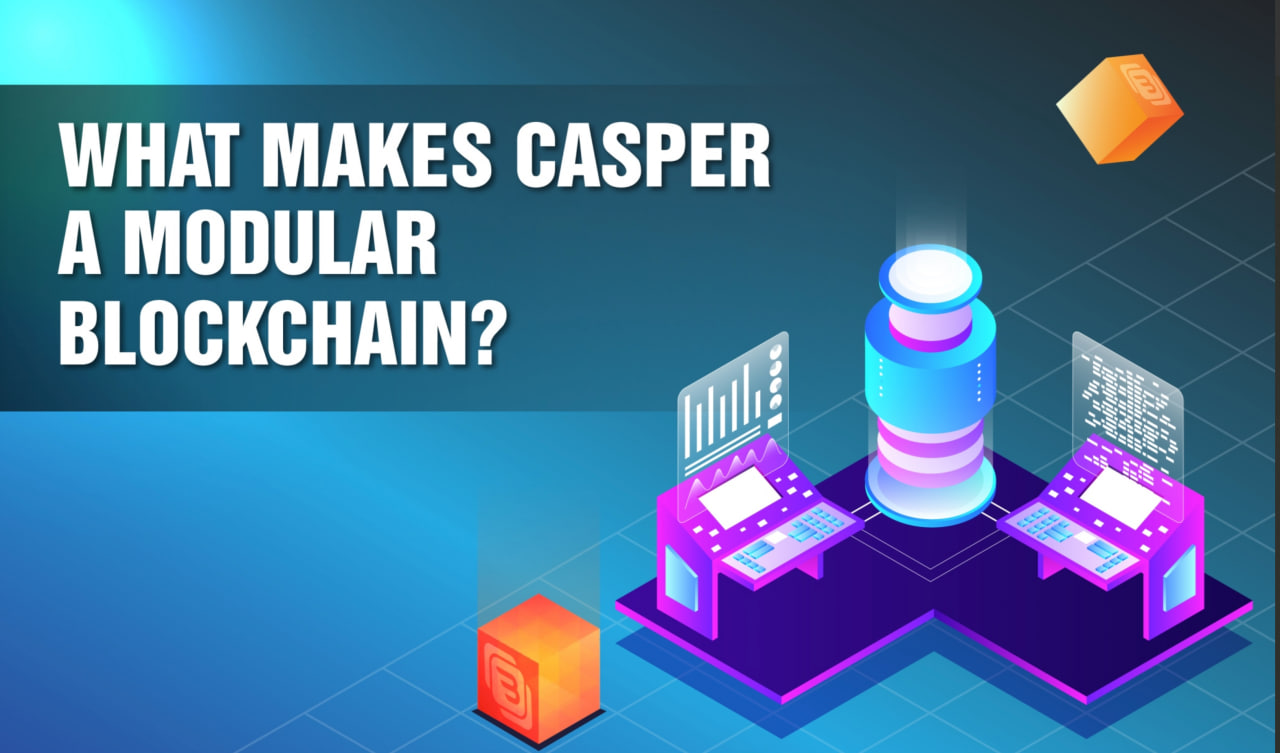





.jpg)


